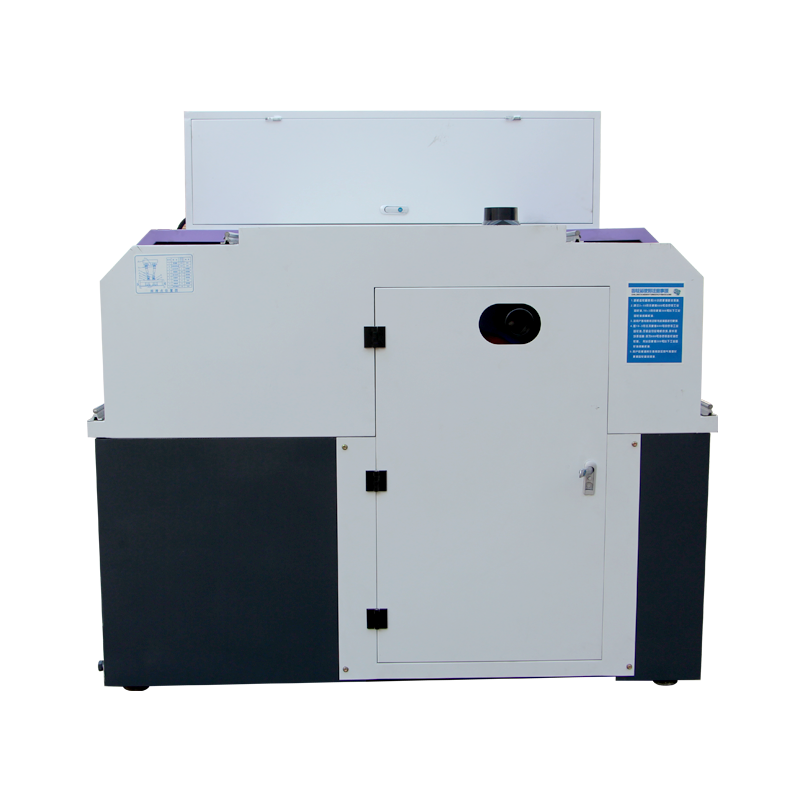
-
 Afrikaans
Afrikaans -
 Albanian
Albanian -
 Amharic
Amharic -
 Arabic
Arabic -
 Armenian
Armenian -
 Azerbaijani
Azerbaijani -
 Basque
Basque -
 Belarusian
Belarusian -
 Bengali
Bengali -
 Bosnian
Bosnian -
 Bulgarian
Bulgarian -
 Catalan
Catalan -
 Cebuano
Cebuano -
 Corsican
Corsican -
 Croatian
Croatian -
 Czech
Czech -
 Danish
Danish -
 Dutch
Dutch -
 English
English -
 Esperanto
Esperanto -
 Estonian
Estonian -
 Finnish
Finnish -
 French
French -
 Frisian
Frisian -
 Galician
Galician -
 Georgian
Georgian -
 German
German -
 Greek
Greek -
 Gujarati
Gujarati -
 Haitian Creole
Haitian Creole -
 hausa
hausa -
 hawaiian
hawaiian -
 Hebrew
Hebrew -
 Hindi
Hindi -
 Miao
Miao -
 Hungarian
Hungarian -
 Icelandic
Icelandic -
 igbo
igbo -
 Indonesian
Indonesian -
 irish
irish -
 Italian
Italian -
 Japanese
Japanese -
 Javanese
Javanese -
 Kannada
Kannada -
 kazakh
kazakh -
 Khmer
Khmer -
 Rwandese
Rwandese -
 Korean
Korean -
 Kurdish
Kurdish -
 Kyrgyz
Kyrgyz -
 Lao
Lao -
 Latin
Latin -
 Latvian
Latvian -
 Lithuanian
Lithuanian -
 Luxembourgish
Luxembourgish -
 Macedonian
Macedonian -
 Malgashi
Malgashi -
 Malay
Malay -
 Malayalam
Malayalam -
 Maltese
Maltese -
 Maori
Maori -
 Marathi
Marathi -
 Mongolian
Mongolian -
 Myanmar
Myanmar -
 Nepali
Nepali -
 Norwegian
Norwegian -
 Norwegian
Norwegian -
 Occitan
Occitan -
 Pashto
Pashto -
 Persian
Persian -
 Polish
Polish -
 Portuguese
Portuguese -
 Punjabi
Punjabi -
 Romanian
Romanian -
 Russian
Russian -
 Samoan
Samoan -
 Scottish Gaelic
Scottish Gaelic -
 Serbian
Serbian -
 Sesotho
Sesotho -
 Shona
Shona -
 Sindhi
Sindhi -
 Sinhala
Sinhala -
 Slovak
Slovak -
 Slovenian
Slovenian -
 Somali
Somali -
 Spanish
Spanish -
 Sundanese
Sundanese -
 Swahili
Swahili -
 Swedish
Swedish -
 Tagalog
Tagalog -
 Tajik
Tajik -
 Tamil
Tamil -
 Tatar
Tatar -
 Telugu
Telugu -
 Thai
Thai -
 Turkish
Turkish -
 Turkmen
Turkmen -
 Ukrainian
Ukrainian -
 Urdu
Urdu -
 Uighur
Uighur -
 Uzbek
Uzbek -
 Vietnamese
Vietnamese -
 Welsh
Welsh -
 Bantu
Bantu -
 Yiddish
Yiddish -
 Yoruba
Yoruba -
 Zulu
Zulu
Innovative High-Speed Thread Rolling Machines for Efficient Manufacturing Solutions
The Innovations in High-Speed Thread Rolling Machines
In the world of manufacturing, precision and efficiency are paramount, especially in the production of threaded components that are crucial for a variety of applications. High-speed thread rolling machines have emerged as a game-changing technology in this field, enabling manufacturers to produce high-quality threads with remarkable speed and consistency. This article explores the significance, technology, benefits, and applications of these indispensable machines.
Understanding Thread Rolling Technology
Thread rolling is a process in which a cylindrical workpiece is deformed by rotating dies, creating threads through the plastic deformation of the material. Unlike traditional cutting methods, thread rolling requires no cutting tools, significantly reducing waste and tool wear. The process can be classified into two main types reciprocating and rotary rolling. High-speed machines often utilize rotary rolling, which allows for continuous production and higher throughput.
The innovation in thread rolling machines lies in their ability to operate at impressive speeds while maintaining precise tolerances. Advanced designs incorporate powerful motors, sophisticated control systems, and high-precision dies that can produce multiple threads simultaneously. As a result, these machines can achieve production rates far exceeding those of conventional machining methods.
Features of High-Speed Thread Rolling Machines
Modern high-speed thread rolling machines are equipped with several advanced features that enhance their performance
1. Automated Controls These machines often come with computer numerically controlled (CNC) systems that provide precise control over the rolling process. This automation ensures consistency in quality and reduces the likelihood of human error.
2. Robust Design High-speed machines are built with durable materials and robust structures to withstand the significant forces involved in thread rolling. This durability extends the lifespan of the machines and reduces maintenance costs.
3. Versatility High-speed thread rolling machines can accommodate various thread profiles, sizes, and materials, making them suitable for a wide range of manufacturing needs.
4. Energy Efficiency Many modern machines are designed to be energy-efficient, reducing the overall cost of operation and minimizing environmental impact.
5. Safety Features Advanced safety measures, such as automatic shutdown systems and protective enclosures, enhance operator safety while ensuring compliance with industry standards.
Benefits of High-Speed Thread Rolling Machines
famous high speed thread rolling machine

The benefits of using high-speed thread rolling machines are manifold
- High Production Rates The ability to produce large volumes of components in a shorter time frame meets the increasing demand for rapid manufacturing.
- Cost-Effective By eliminating the need for cutting tools and producing minimal waste, these machines reduce production costs significantly.
- Quality and Strength The thread rolling process enhances the material’s grain structure, resulting in stronger threads. This characteristic is especially important in applications requiring high tensile strength, such as in automotive and aerospace industries.
- Reduced Setup Times The modular design of these machines allows for quick changeovers between different thread specifications, further enhancing productivity.
Applications in Various Industries
High-speed thread rolling machines serve a diverse array of industries, including
- Automotive They produce critical components such as bolts, screws, and studs used in vehicles, where reliability and strength are crucial.
- Aerospace In the aerospace sector, precision-threaded components are essential for safety and performance, making high-speed thread rolling machines invaluable.
- Construction Construction fasteners, including anchors and clamps, are often manufactured using these machines to ensure they can withstand heavy loads.
- Electronics Threaded components used in electronic devices, such as connectors and housings, benefit from the precision offered by high-speed thread rolling.
Conclusion
High-speed thread rolling machines represent a significant advancement in manufacturing technology. Their ability to produce high-quality threads efficiently has positioned them as essential tools across numerous industries. As manufacturing demands continue to evolve, these machines will undoubtedly remain at the forefront, driving innovation and efficiency in the production of threaded components. With ongoing advancements in technology, the future promises even greater capabilities for these machines, further revolutionizing the landscape of industrial manufacturing.
